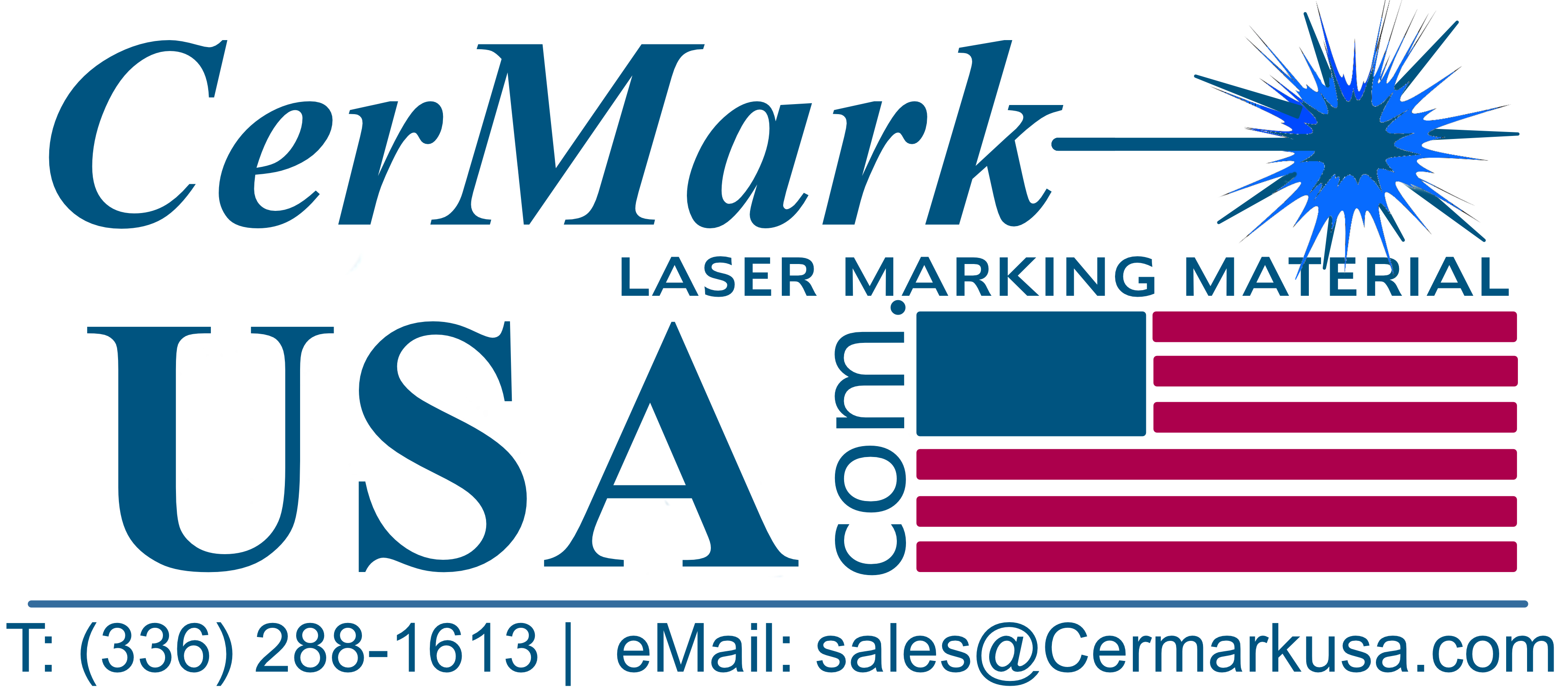Process Approvals
TherMark-CerMark Process Approvals
TherMark-CerMark’s patented laser bonding process has been listed as an approved Direct Part Marking (DPM) process for use in military, aerospace, and automotive applications. If any of the below standards apply to your business, TherMark laser marking materials offer a unique solution for bringing your part marking into compliance. They also demonstrate the proven nature of laser bonding for creating permanent marks on highly demanding applications.
 |
MIL-STD-130M (Military)This standard provides the item marking criteria for development of specific marking requirements and methods for identification of items of military property produced, stocked, stored, and issued by or for the US Department of Defense. It has been mandated that the majority of the items are registered with a Unique Identification (UID) number. The standard defines data format for both free text and machine-readable information (MRI) in the form of 2D matrixes. Click here. |
NASA-STD-6002A (Aerospace)
This standard establishes uniform requirements for applying Data Matrix identification symbols to parts used on NASA programs/projects using Direct Part Marking (DPM) methods and techniques. Click here
 |
NASA-HDBK-6003AThis handbook was developed to provide NASA and its contractors with instructions to safely apply Data Matrix identification symbols to aerospace parts using these new DPM methods and techniques. Click here to read the whole handbook. Click here NASA's International Space Station, or ISS, was home to aluminum squares laser marked with CerMark® marking material for almost four years. These squares were part of the Material International Space Station Experiment, or MISSE. In this experiment test markings were applied to coupons made of materials commonly used in the construction of the external components used on space transportation vehicles, satellites and space stations. Markings applied using a wide range of different methods and techniques, including laser bonding. The material test coupons were then affixed to spaces provided on test panels, which were then installed onto trays which were attached to the ISS during a space walk conducted during the STS-105 Mission flown on August 10, 2001. The trays were positioned on the ISS so that they could expect to receive the maximum amount of impact damage and exposure to a high degree of atomic oxygen and UV radiation. The experiment was recovered on July 30, 2005 during STS-114 and returned to earth on August 9, 2005. The markings, Data Matrix two dimensional bar codes, were evaluated and found to be readable and visually looked as good as the day they were placed in orbit.[3] The laser bonding process is outlined and specified in both military [4] and NASA [5] marking specifications and standards. Laser bonding is also a preferred technique for use in the United States Department of Defense "Item Unique Identification" system (IUID) https://en.wikipedia.org/wiki/Laser_bonding#cite_note-4 4-MIL-STD 130M DOD Marking Standard, p.24, Table II |
 |
AAIG B-17: 2-D Direct Parts Marketing Guideline (Automotive)The Automotive Industry Action Group’s purpose is to provide an open forum where members cooperate in developing and promoting solutions that enhance the prosperity of the automotive industry. AIAG's focus is to continuously improve business processes and practices involving trading partners throughout the supply chain. The B-17 2D standard provides information for the marking & reading of Data Matrix &/or QR Code symbols marked directly on parts using laser, dot peen & inkjet technologies. |
 |
Rolls Royce JES 131 (Aerospace/Automotive)This engineering specification defines and controls identification marking methods and requirements for item identification. It also prevents the use of unsuitable markings, whilst allowing the maximum choice of marking methods and set up parameters. The specification also covers identification marking using machine-readable 1D and 2D code symbols. |
 |
Marking on Medical DevicesA common question is “do your products have FDA approval?” Unfortunately, we cannot give a definitive yes/no answer to this question as it depends of the individual circumstances of how the product is going to be used and what materials and process are involved in its manufacture. Firstly, the FDA do not generically approve a process such as laser bonding; what we do know is that we have multiple customers that have used the TherMark laser bonding process and have had their instruments with our marks successfully approved by the FDA. |
